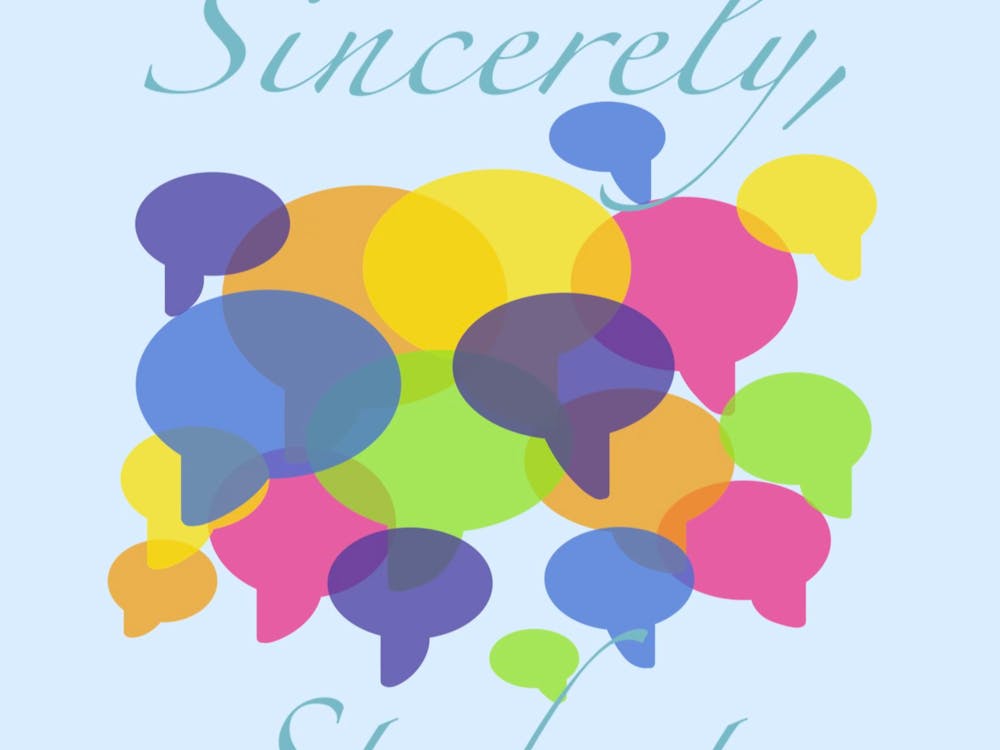According to the American Psychology Association, 41.6 percent of college students struggle with noticeable anxiety, and 36.4 percent struggle with some form of depression. Visits to campus counseling services increase drastically, by nearly 30 percent, immediately before and after winter breaks.
Seasonal Affective Disorder, or SAD, impacts about 5 percent of adults in America, four-fifths of which are women. Those affected are most likely to develop SAD in their late teens to early twenties. Common symptoms include but are not limited to: the feeling of depression, lack of interest or motivation, low energy, mood swings, over or under eating and problems falling and staying asleep.
Megan Smith, a first-year early childhood education major, has had SAD for about 12 years.
"This is especially so in the winter because of the lack of sunlight and the inability to go outside," Smith said.
Smith said that being depressed makes her eat more, which lowers her self esteem. SAD contributes to this.
Smith also said her SAD doesn't go away at the end of winter because of storm anxiety.
"With the stormy weather and multiple tornadoes every year, I have really bad anxiety; a few dark clouds will get to me," she said. "I will only ever leave the building I'm in if I absolutely have to."
Smith has begun to feel more and more comfortable as the year progresses after talking with her resident director and friends, ensuring a support system is in place.
Robert Levitan, a professor in the Department of Psychiatry and a full member at the Institute of Medical Science at the University of Toronto, specializes in Seasonal Affective Disorder and other forms of "atypical depression." Atypical depression is a depressive state with defining features, like how SAD is largely caused by the weather and environment.
"With SAD being a subgenre of MDD --major depressive disorder -- we look at how it differs from your average depression and what makes it different," Levitan said.
One of the biggest factors in differentiating SAD from MDD is how the regional weather and light exposure impacts any given individual's depression.
"We can see that young people have been more affected by SAD than anyone else," Levitan said, "especially due to the fact that they never have to go outside, even if they could."
Enjoy what you're reading?
Signup for our newsletter
Levitan attributed this to teenagers' tendency to spend a large portion of their time on social media.
Ryleigh Bexfield, a first-year psychology major, has had mild depression and SAD since puberty.
Bexfield and Smith share an anxiety associated with storms, a common occurrence towards the end of SAD season.
According to Levitan, this is a common occurrence for those impacted by the disorder, and especially in young people.
"When it's dark, cold or thunder storming, it really kicks in," Bexfield said. "During the dark and colder months, I just feel trapped."
But when spring comes around and the sun shines again, SAD eventually begins to abate.
"My grades are always better once it gets warmer, and I see that happening now, that it's starting to warm up," Bexfield said. "When it's cold, I just lack motivation. Everything is harder."
Student Counseling Services (513-529-4634) are available to assist those dealing with SAD or other forms of depression.



